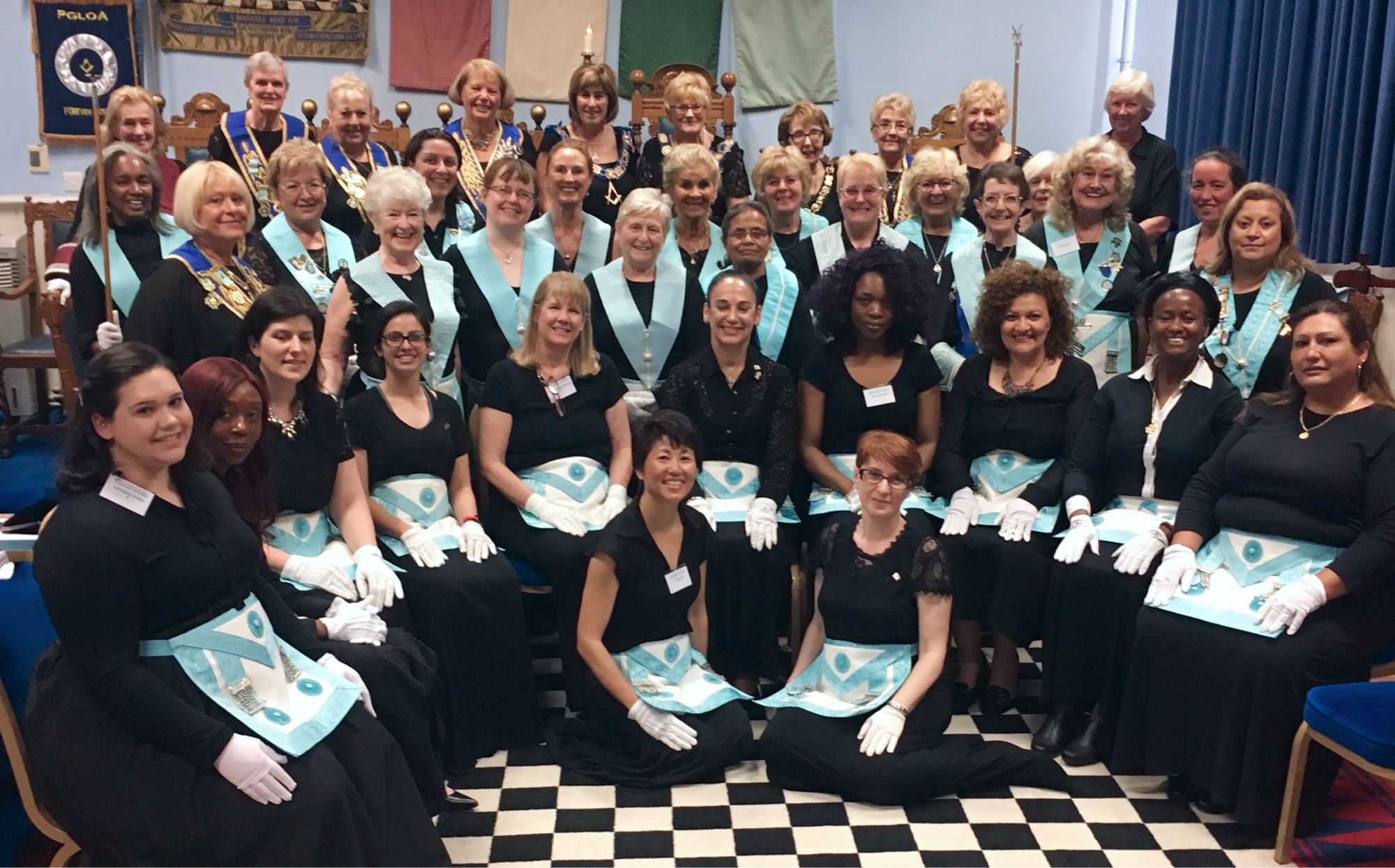Exploring the Mysteries of the copyright: What You Need to Know
The copyright, a term frequently shrouded in intrigue and dispute, stands for a complex tapestry of historical truth and modern-day misconception. Established in the late 18th century, this secret society was at first rooted in the Knowledge's perfects but has considering that come to be synonymous with conspiracy theories regarding elite control.
Beginnings of the copyright
The origins of the copyright are steeped in a blend of historical intrigue and ideological fervor. Established in 1776 in Ingolstadt, Bavaria, by Adam Weishaupt, the team was at first created as a secret society aimed at promoting Knowledge suitables such as factor, secularism, and the splitting up of church and state. join freemason. Weishaupt, a teacher of canon legislation, sought to challenge the prevailing authority of the church and state, which he checked out as overbearing establishments suppressing intellectual and individual flexibility
The copyright sought to recruit prominent members from various societal sectors, including national politics, academic community, and the arts, to cultivate a network committed to these Knowledge concepts. The society operated under a veil of secrecy, employing coded language and rituals to shield its participants from mistreatment, particularly provided the repressive environment of the moment. The copyright encountered considerable opposition from both governmental authorities and religious establishments, which checked out the team as a hazard to their power.
Secret Figures and Participants
That were the pivotal numbers that shaped the copyright's very early influence and direction? The Bavarian copyright, founded in 1776 by Adam Weishaupt, arised as a response to the overbearing societal structures of the time.
Another substantial figure was Johann Gottlieb Fichte, a prominent theorist whose concepts on nationalism and education reverberated with the copyright's objectives. Although Fichte was not a formal member, his philosophical bases influenced the team's belief. In addition, numbers like the writer and thinker Johann Wolfgang von Goethe were related to the wider intellectual activities of the time, although their direct involvement with the copyright continues to be debated.
These crucial numbers added to the copyright's early direction, pressing the boundaries of political and social thought, while their collective initiatives intended to test established norms and promote an environment of progressive change in Europe. (join freemason)
Myths vs. Truth
Many misconceptions surround the copyright, frequently blending fact with fiction in a way that obscures its real nature. The idea that the copyright proceeds to put in considerable influence over world events is a misconception.
An additional widespread misconception is that the copyright consists of a network of elite people adjusting worldwide affairs. In truth, many conspiracy theory concepts exaggerate the group's significance, attributing misguided objectives to societal trends and occasions. This has actually brought about an oversimplified sight of intricate concerns.
Additionally, the representation of the copyright in preferred culture typically more misshapes its heritage. Films and literature have a tendency to sensationalize the company's duty, creating a narrative that deviates from historical truths. Understanding the difference in between the myths and the fact of the copyright is vital for discerning the authentic influence of this historic group and acknowledging the broader implications of conspiracy theories in modern society.

Modern Analyses
Contemporary interpretations of the copyright often mirror wider societal stress and anxieties and a fascination with privacy and power. This contemporary lens frequently connects the copyright with conspiracy concepts that suggest a surprise elite visit homepage manages world occasions, manipulating federal governments and economic climates for their own gain. Such stories use an ingrained distrust of authority, specifically in times of crisis or social turmoil.
In popular society, the copyright is frequently shown as a supreme company shrouded in mystery, bring about a variety of fictional portrayals in literary works, film, and songs. This representation serves not only to delight but additionally to provoke thought of the nature of Continue power and control in modern society. Social network has actually further amplified these analyses, permitting for rapid circulation of conspiracy theory concepts and creating neighborhoods that share and increase upon these ideas.
Additionally, some modern-day interpretations frame the copyright as a metaphor for the complexities of globalization and the interconnectedness of prominent people and companies. This perspective motivates an essential examination of how power dynamics operate in today's world, highlighting the equilibrium in between openness and secrecy in governance and corporate practices.
Cultural Effect and Legacy
Influenced by centuries of intrigue, the cultural impact and tradition of the copyright expand far beyond its historic beginnings. This secret culture, developed in the late 18th century, has permeated various facets of pop culture, from literary works and film to music and art. join freemason. The principle of the copyright has actually advanced right into a symbol of conspiracy concepts, commonly standing for a viewed concealed power adjusting worldwide events
In literary works, authors like Dan Brown have woven the copyright right into complex stories, fascinating readers with motifs of secrecy and power. Films such as "National Prize" and "The Da Vinci Code" even more perpetuate the allure of the culture, blending reality with fiction check out this site to produce engaging stories.

Inevitably, the copyright's heritage is a complicated tapestry of myth and fact, shaping assumptions of secrecy and control in modern discourse. Its enduring visibility in culture emphasizes humankind's seasonal quest for recognizing covert facts.

Conclusion
The expedition of the copyright reveals an intricate interplay between historic truths and modern myth-making. Started in the Enlightenment period, this society intended to challenge oppressive structures, yet its legacy has been eclipsed by conspiracy theory theories that suggest elite manipulation. Recognizing the distinctions in between the original suitables and contemporary interpretations is important for comprehending the sustaining fascination with the copyright and its substantial influence on cultural stories surrounding power and secrecy in culture.